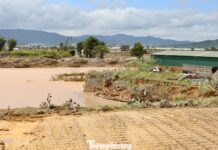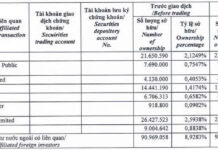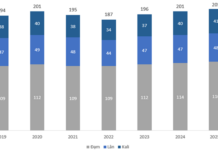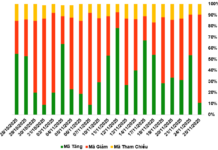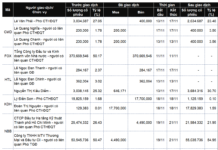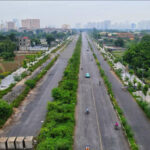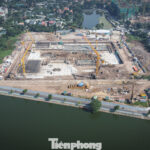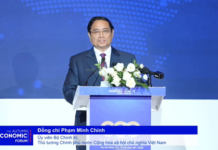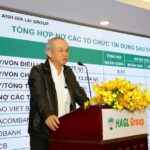The Hanoi People’s Committee has submitted a draft resolution to the City Council, proposing policies and measures to support the transition to clean energy vehicles in the city.
According to the draft, the low-emission zone will be implemented in three phases:
From July 1, 2026: Pilot in select areas within Ring Road 1, including 9 wards in central districts like Hai Ba Trung, Cua Nam, Hoan Kiem, Ba Dinh, and Dong Da.
From January 1, 2028: Implement the low-emission zone in Ring Road 1 and parts of Ring Road 2 (14 wards, including 9 wards in Ring Road 1 and 5 wards: Lang, Dong Da, Kim Lien, Bach Mai, and Vinh Tuy).

Hanoi plans to implement the low-emission zone in three phases.
From January 1, 2030: Expand the low-emission zone to Ring Road 3, covering 36 wards and communes, including 14 wards in Ring Road 2 and areas like Phu Thuong, Xuan Dinh, Nghia Do, Cau Giay, Yen Hoa, Thanh Xuan, Khuong Dinh, Dinh Cong, Phuong Liet, Tuong Mai, Hoang Mai, Vinh Hung, Long Bien, Phuc Loi, Viet Hung, Bo De, Phu Dong, Dong Anh, Thu Lam, Phuc Thinh, Vinh Thanh, and Noi Bai.
After 2031, areas with severe congestion (levels D-F), poor air quality (below average AQI), or within strict protection zones as per the Capital Planning will be required to implement low-emission zones.
In these zones, gasoline motorbikes will face time or area restrictions, and ride-hailing services will be prohibited. Non-Euro 4 compliant cars will be restricted, with a gradual ban over time.
Hanoi has set a mandatory timeline for certain vehicles: fossil fuel motorbikes must transition to green energy by 2030, and taxis must be 100% green by July 1, 2026, for new investments.
The city also mandates clean energy infrastructure. Commune-level authorities will identify suitable locations for public charging stations.
Parking lots in residential buildings, commercial centers, hospitals, and public facilities within Ring Road 3 must install at least 15% charging stations by January 1, 2030; new constructions must allocate 30% or more. Road infrastructure like bridges, tunnels, bus stations, and parking lots must also comply.
To encourage private investment, Hanoi will subsidize 30% of loan interest (up to 5 years) for charging station projects, cover 50% of land clearance costs, and waive 100% of land rent for the first 5 years for public charging stations.
Notably, public clean energy station projects can bypass investment approval, expediting implementation.
Hanoi: Pearl Theater Grand Construction Site Races Against Time
One month after groundbreaking, the grand construction site of the Hanoi Opera House (Pearl Theater) on Quang An Peninsula has unveiled its first glimpses, marking a significant milestone in its development.
Hanoi Explains Proposed 2-26% Increase in New Land Price List
Mrs. Ho Van Nga, Head of the Budget Department of the Hanoi People’s Council, stated that according to the new land price draft, only a few areas will see an increase of over 20%, while most will rise by 2-3%. For commercial and service land, many locations will increase by 7-8%, and agricultural land prices will remain largely unchanged.
Móng Cái Real Estate: The Ultimate Investment Destination
As Hanoi and other central urban areas grapple with overburdened infrastructure, rapid population growth, and shrinking land availability, real estate prices continue to soar. Consequently, investment capital is increasingly shifting toward promising provinces, with Mong Cai emerging as a standout destination.
Transforming Long Biên: A $15 Billion Masterplan to Become Hanoi’s New Urban Hub
Unveiling a transformative vision, the mega landscape avenue project, with an estimated preliminary investment of $15 billion, is poised to ignite the “Red River Miracle” – a catalyst propelling Hanoi into a new era of unprecedented growth and development.

